Range
All Range Content
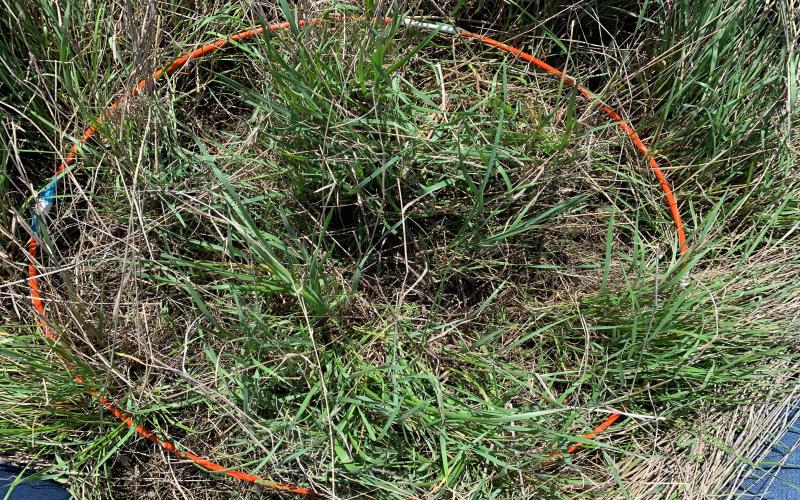
You Can’t Manage What You Don’t Measure: Range Record Keeping
Range record keeping helps detect and demonstrate landscape changes that have a direct impact on your ability to maintain or grow your herd.
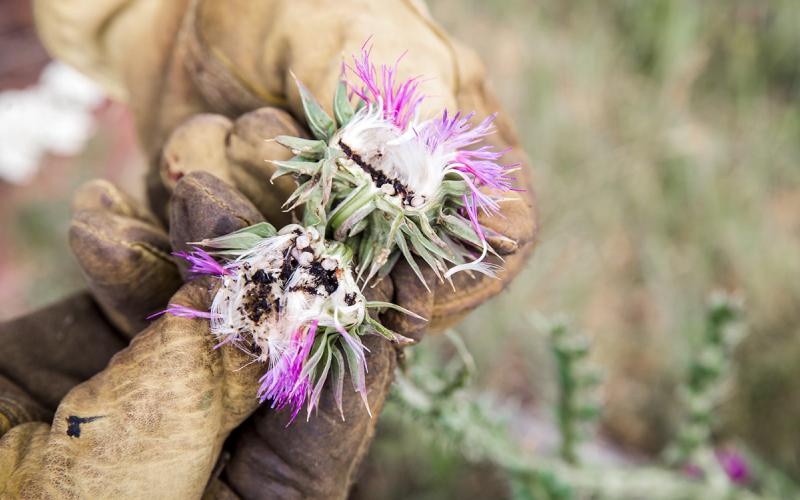
Now is the Time to Plan for Noxious Weed Control in 2026
Most of South Dakota experienced first frosts that were delayed by at least one month, allowing for noxious weed growth to continue later in the season. Now is the time to plan for noxious weed management tactics.
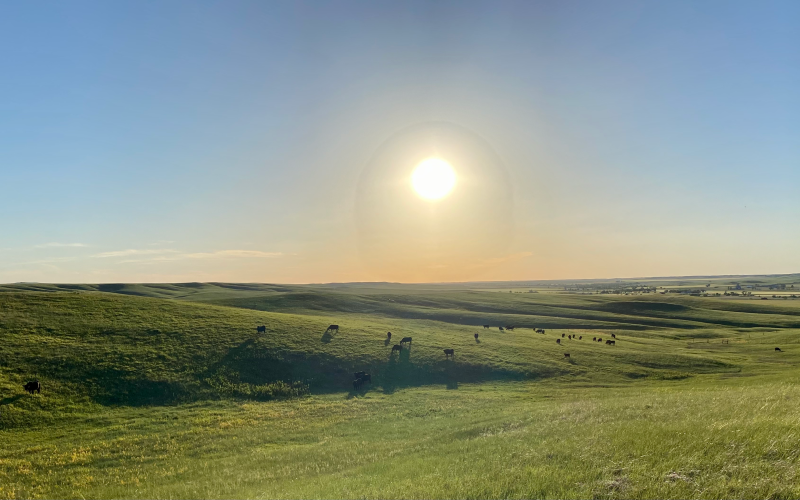
Private Applicator Training for Rangelands
SDSU Extension will host a free private applicator training for rangelands on December 17, 2025, from 1:30 - 4:30 p.m. CT (12:30 - 3:30 p.m. MT) focused on managing pests in rangelands. Participants have the option to attend online or at various locations across the state.

Rangeland Wildflowers: Their Value to Livestock and Pollinators
Native wildflowers and shrubs are critical to providing a wide array of services that increase the resiliency of rangelands, provide pollinator habitat, and contribute to livestock nutrition.
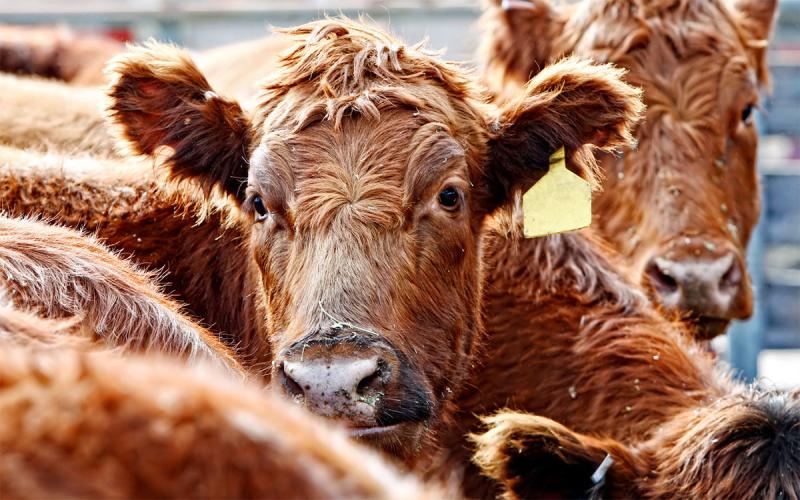
Livestock
South Dakota is home to a dynamic livestock industry.

Women in Agriculture
SDSU Extension's women in agriculture programs are open to all. These programs are designed to provide practical education and a strong support network to benefit farmers, ranchers, business professionals and those who support the agricultural industry.
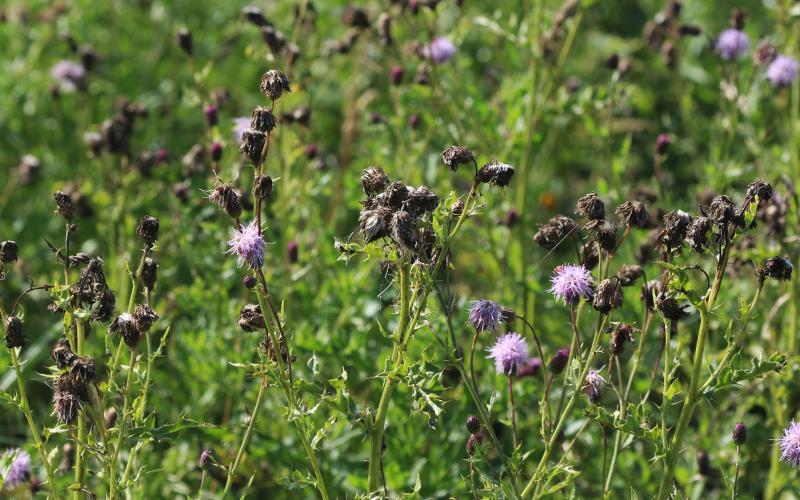
Noxious and Pasture Weed Plot Data Report
Data books to use as a reference to select appropriate herbicide(s) for noxious and pasture weed
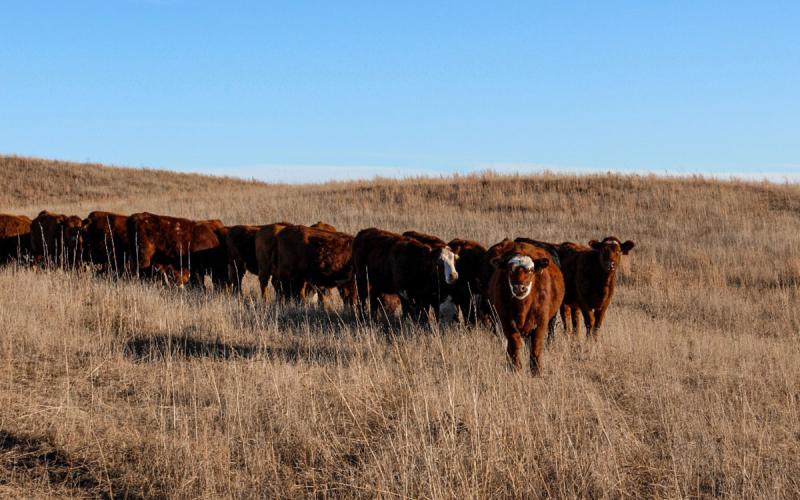
Fall Pasture Report: Considerations for Dormant Season Grazing
Recent fall rains across the region continue to improve soil moisture conditions in preparation for the dormant season. Unlike in years past, a fall green up has been in full swing for much of the region.
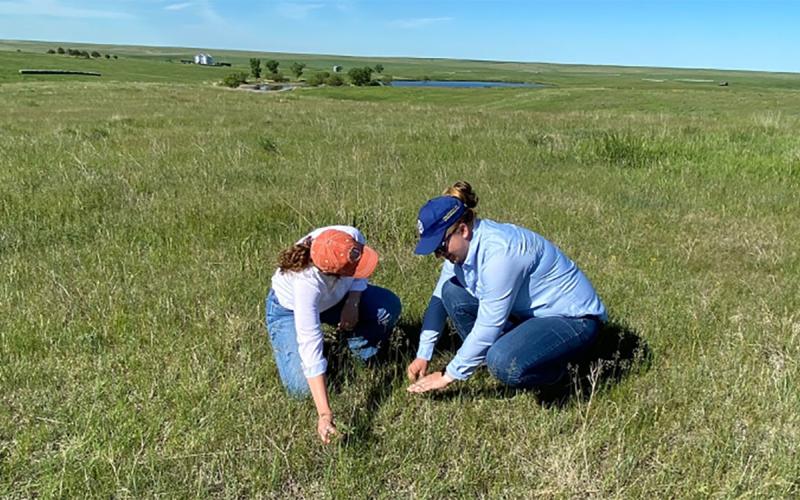
Women on the Range
Women on the Range is a program that is open to all. Through hands-on workshops and peer learning, this program empowers landowners, ranchers, and natural resource managers to build confidence and leadership in grazing and land stewardship.
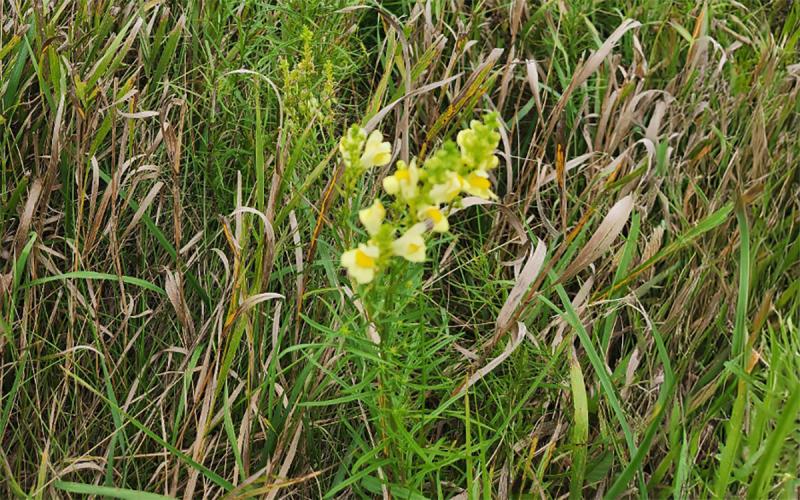
Yellow Toadflax Has Begun Producing Seeds: Scout before treating infested areas
Yellow toadflax is a perennial weed that infests pasture and rangeland across South Dakota. This year, with an abundance of heat and moisture, plants flowered in early August and now have started to produce seeds.